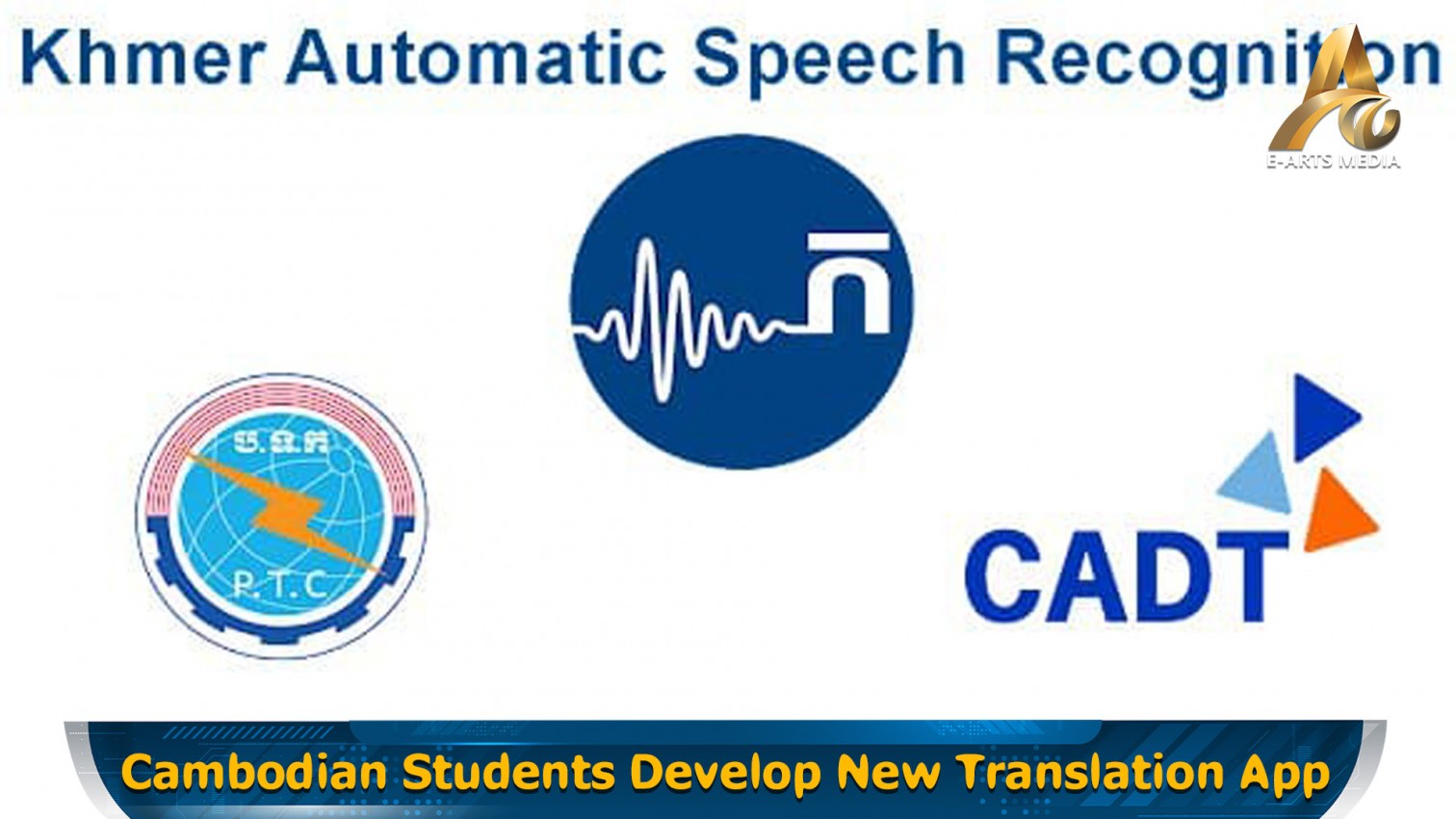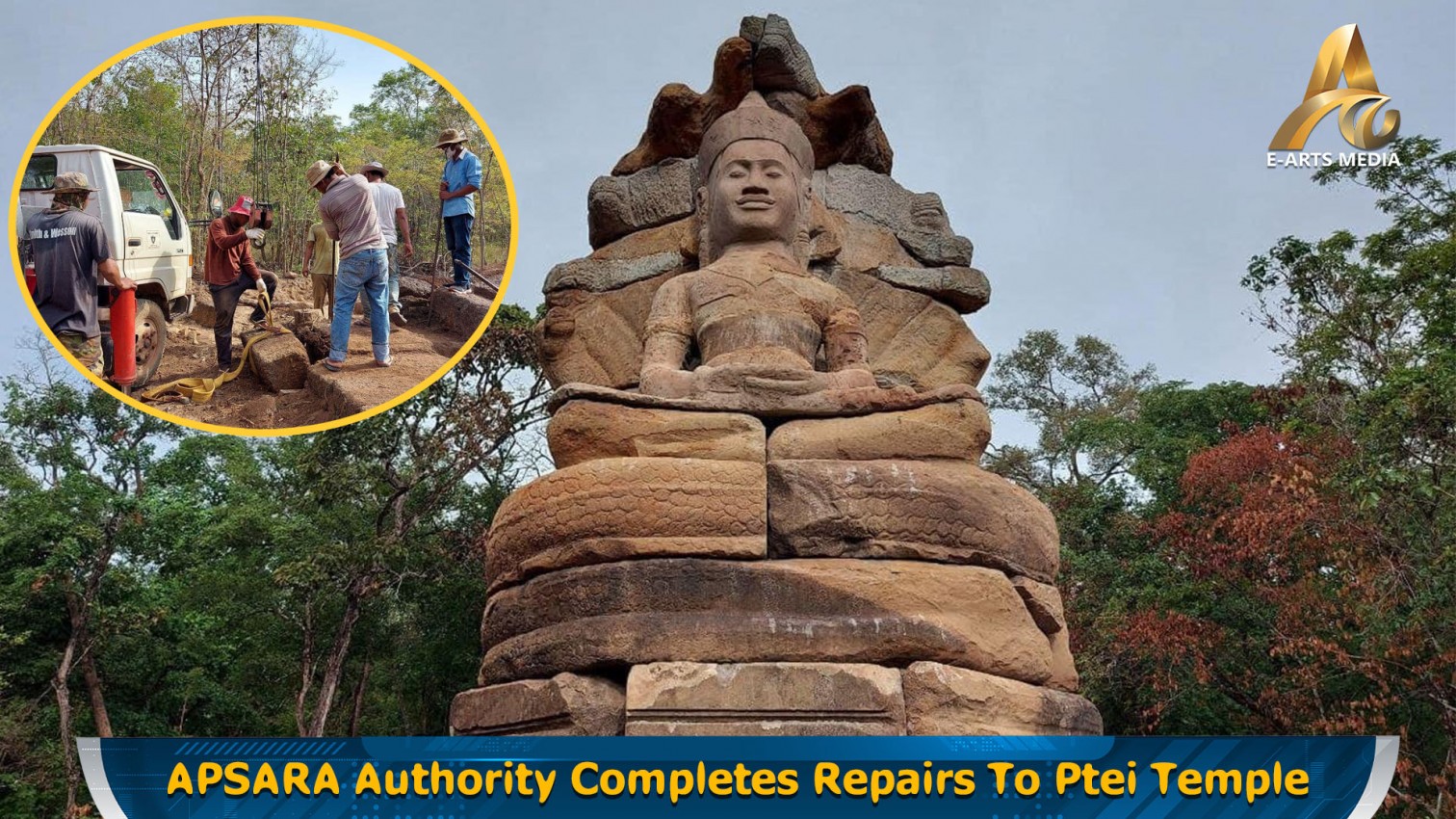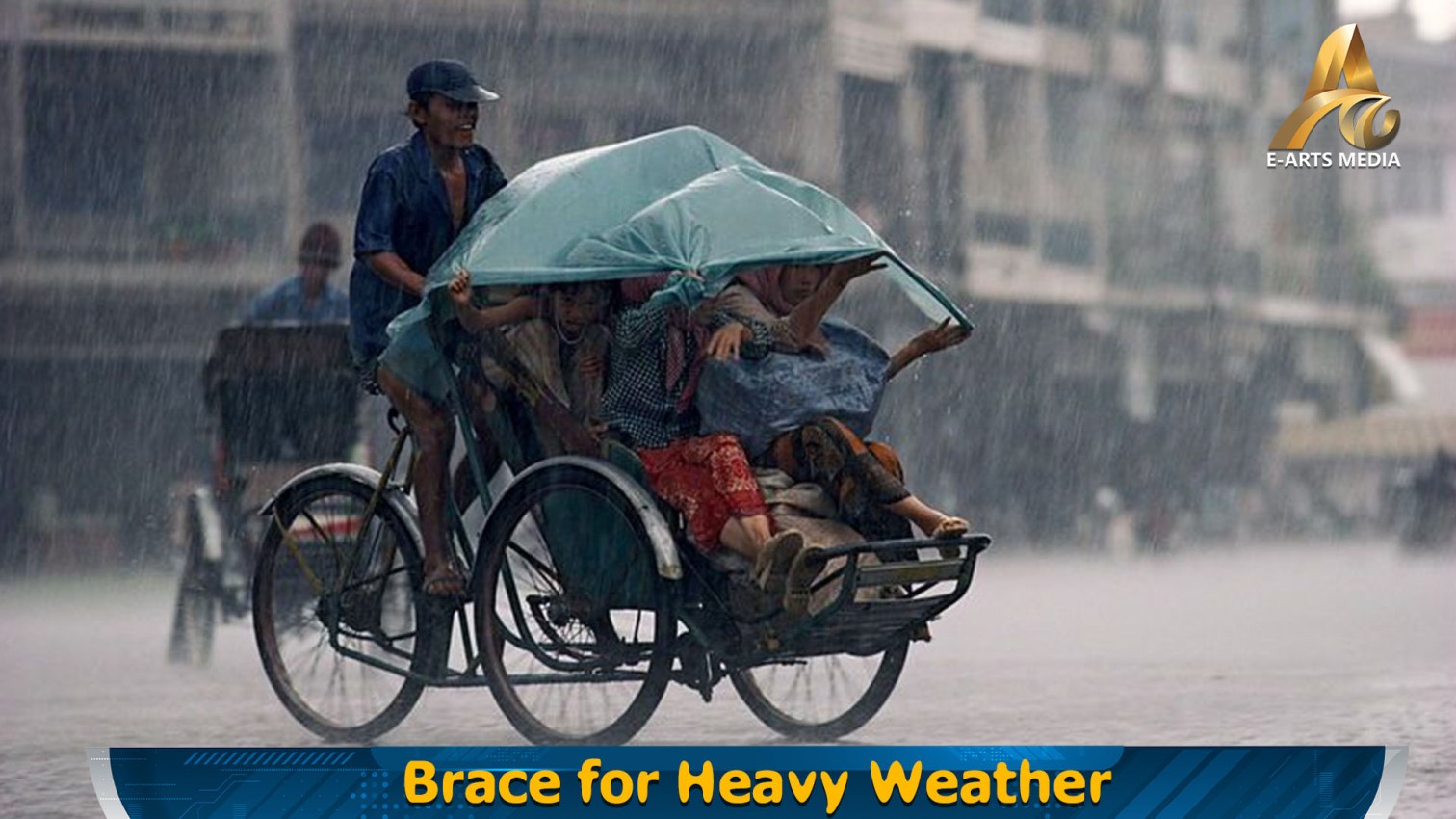Six Asian and European Artists Work Together as “Sahaka Playground” for ASEM Cultural Festival
PHNOM PENH: The 13th Asia-Europe Meeting Summit was recently concluded presided by Cambodia, promoting partnerships and development between Asian and European nations, not just in politic talks, but also by the ASEM Cultural Festival. In Phnom Penh, the National Museum gave space for a contemporary exhibition promoted by the ASEM Cultural Festival.
The ASEM Cultural Festival 2021 is the official cultural side-event of ASEM13, which celebrates the cultural diversity from and artistic exchange between Asia and Europe. It was promoted by the Ministry of Culture and Fine Arts of Cambodia (MCFA) in partnership with the European Union and the Asia-Europe Foundation, starting in Brussels and finishing in Cambodia on November 26.
The National Museum is exhibiting the artworks of different Asian and Europeans artists, but differently from other individual works of arts, some of them has decided to experiment together. EAC News got in touch with the “Sahaka Playground”, consisting of a collaborative project made six artists from Asia and Europe.
Syahrulfikri Ajin Salleh, Graphic Artist and member of the Sahaka Playground told EAC News:
“We are Sahaka Playground, we are all visual artists based in Phnom Penh. When we started, a month ago, we saw an open call on the ASEM website. I decided not to do alone, so I invited Miguel and then we decided to come up with the idea of three Asian and three European artists to combine as a collective to produce cross-cultural collaboration artworks”.
The Portuguese photographer, Miguel Jeronimo, explained more about the cross-cultural collaborations and the idea of the name:
“In our collective, the name Sahaka Playground, Sahaka is the Cambodian word for collaborate. So we really try to push these ideas of artistic words on top of each other. Especially of artists coming from different continents. In this case, we wanted to imagine the streets life so typical of southeast Asia and push to a European continent to promote this idea of Asian-European collaboration and multi-cultural friendship. This one is in Cambodia and these two are in Europe. Trying to imagine the Asian street vendors in the context, with the name: Street has no borders”.
Miguel has mixed his photographs with Lolli’s drawing, a Korean designer living in Cambodia. She has presented herself: “Hello, I am Lolli from South Korea, I am an illustrator living in Cambodia for six years now. This time I normally draw the daily life... Things I see on the streets. This time I did a digital illustration on top of the photo. Miguel of the photographer. I normally draw the street life, so I choose the photos he took on the streets”.
While street vendors inspired Portuguese and South Korean artists, Asian food brought a British and a Malaysian artist to work together. Olivia Hough is an embroidery artist living in Cambodia for the last six years.
“I’ve known Lolli and Ajin for really long time and I was really excited that they got me involved in this project of collaboration. So, the project that Ajin and I did together, I started by drawing, well, embroidering a picture of women eating some dumplings. Food is definitely a big inspiration for my art work and I also really like how food brings different cultures together. So that whole theme of collaboration works quite nice with the food aspects. I also know that Ajin does his own art work around the food themes so I thought it might be a fun way for us to collaborate together”. Said Olivia.
Ajin is a Malaysian artist from Kuala Lumpur living in Cambodia for seven years. She told EAC News his background is in graphic design.
“So, my work mostly is related to trying to identify myself as a southeast Asian artist. My work is studying southeast Asian packaging and the topic I mostly I talk about is political and social issues, anything that is happening currently. So, for this work, this collaboration is a work with Olivia. When I received the work, it took me a few days to think about the ideas of the story behind it. So eventually that’s what I came with”. Told Ajin.
Adana is a French-Khmer painter that has also participated at the Sahaka Playground. She has spoken with EAC News about the challenges and unforeseeable outcomes of creating a single work of art with another artist:
“Each piece of art here has been manipulated, played around by two artists, from Asia and Europe. I think it’s very unpredictable and the result is really amazing. They are different arts. We have photographer, painters, illustrators, embroidery artist too. So, have this really special effects to the art. And I think it is really what is important right now for the team collaborating. Is to show that even if we have different backgrounds, have different material, we can work together. This is what I want to show. Is that, no matter who you are, we can always find a way to collaborate. It was really hard to collaborate because is kind you have to abandon a piece of yourself because you already invading someone’s else space and art. So, it’s about respecting the other artist’s work and being vulnerable, and trusting the other. That they will make this art amazing too.”
The group also contains the Cambodian representant, Rena Chheang, working as an abstract painter with touches of realism. Some of her inspirations as a painter comes from the culture, people and the environment she lives in. She says that Sahaka Playground is good opportunity to see how different artists work with their different mediums, contributing with their style for each piece.
The National Museum has extended its ASEM Cultural Festival exhibition until the end of the year, on 31 December, giving the general public more chances to appreciate the artworks.
At the Cultural Festival official program, the Sahaka Playground group has given a strong statement, saying that beyond cultural boundaries, the only common denominator of their work is the Kingdom of Wonders, which they all call home.
PHOTO: DARA




























